The short answer from a pulmonologist

A: Well, it’s possible but very unlikely. A recent study showed that the virus could live on porous surfaces for about a day. But depending on the object and the circumstances, for example, temperature and how dry or humid the area is, the virus may not even survive for that long. As far as I know, there have been no reported cases of people acquiring coronavirus from touching contaminated surfaces. The major way to acquire this kind of infection is by inhaling infected droplets that are in the air.
Advertisement
Cleveland Clinic is a non-profit academic medical center. Advertising on our site helps support our mission. We do not endorse non-Cleveland Clinic products or services. Policy
We also know the average time that it takes for someone to develop coronavirus symptoms is about two weeks after exposure. In some cases, the timeframe might be longer than two weeks. That would be one way that someone could develop symptoms during the isolation period. But with no exposure, it’s very unlikely that someone will get the infection while being isolated, meaning they won’t just get it from the air in their home.
Regarding the reported cases of people getting the virus while sheltering in place in New York City, my interpretation is not that isolation is not working. It is unlikely that someone will acquire the coronavirus without any contact with someone who carries the virus.
Most cases seem to be occurring in confined locations, mostly from home. The other common origin points for cases are nursing homes and assisted living facilities. The fact that the coronavirus is affecting mostly older people suggests that the most vulnerable population for developing symptomatic infection is the one that requires visitation and some form of in-person assistance. This highlights the possibility of the virus being transmitted from asymptomatic carriers. It also reinforces the importance of everyone taking social distancing and hygiene precautions.
Advertisement
— Pulmonologist Humberto Choi, MD
Advertisement
Learn more about our editorial process.
Advertisement
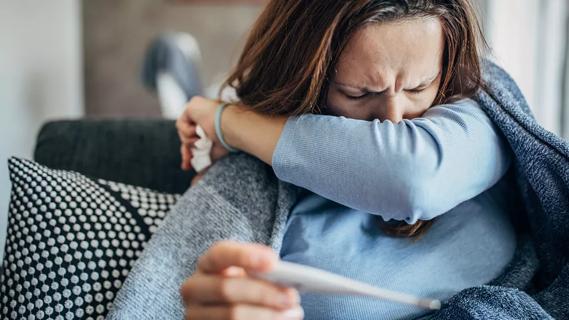
It’s best to treat flu-like symptoms as if you have COVID-19
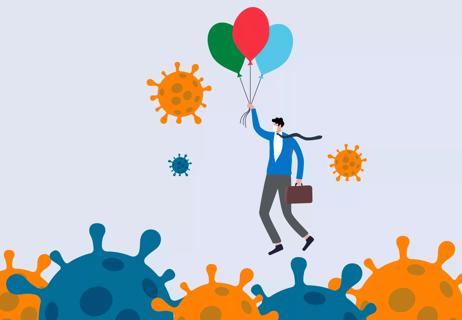
COVID-19 reinfections are on the rise, and there’s no limit to how many times you can get infected
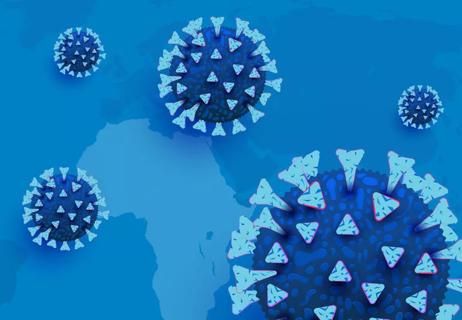
What we do – and don’t – know about the latest COVID-19 variant
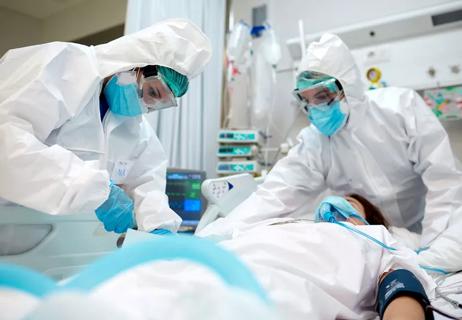
A look at four medications and how they're being used
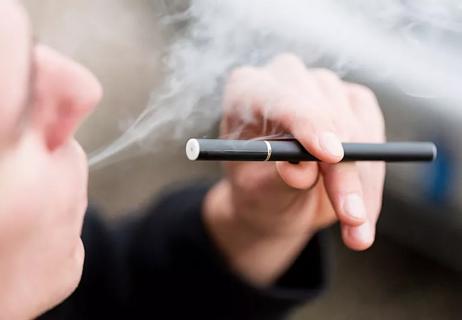
More data that two are directly linked

Are you wearing yours the right way?

The short answer from an infectious disease specialist

It's all about small goals and riding the emotional wave

Type 2 diabetes isn’t inevitable with these dietary changes

Applying a hot or cold compress can help with pain